Supergiant Games is one of the most respected indie studios in the world. They prove that a small team can make games that compete with the biggest names in gaming. At Gamespublisher.com, we believe their journey offers lessons for any game developer or video game publisher who dreams of making a lasting impact.
From their debut Bastion to the award-winning Hades and the recently released Hades II (May 7, 2024), they have shown that game development success is about more than big budgets. It’s about vision, polish, and a strong identity.
Supergiant has built its reputation on rich storytelling, unique game genres, and unforgettable art and music. Their games have influenced game developers around the world to focus on passion and creativity instead of chasing trends.
In this extended guide, we’ll cover their history, their design philosophy, their major games, and the lessons you can apply to your own projects.
Supergiant Games Overview
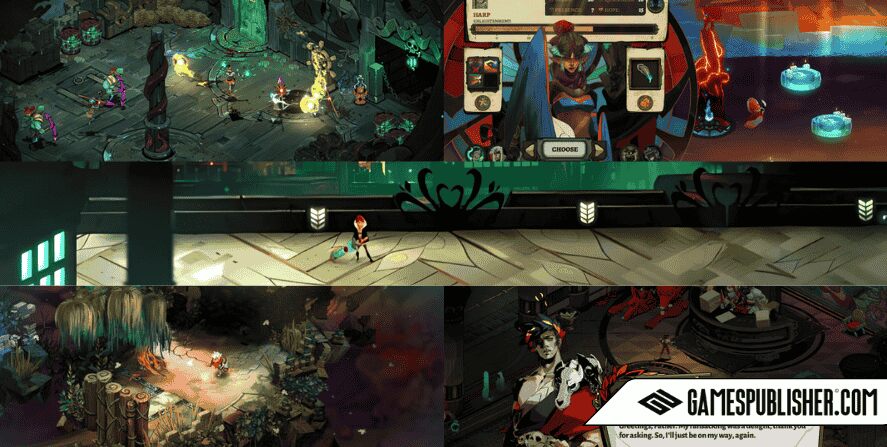
Origins and Founding
Supergiant Games began in 2009 in San Francisco, California. The founders, Amir Rao and Gavin Simon, had both worked at Electronic Arts. While they gained experience at a large video game publisher, they wanted more creative control.
Instead of working with hundreds of people, they started small. In fact, the first version of Bastion was developed in a living room. This allowed them to move fast, take risks, and shape every detail of their game without layers of corporate approval.
Their mission was simple but bold: make games that feel handcrafted, personal, and memorable.
Studio Philosophy
From day one, Supergiant has followed the motto: “Small team, big vision.” They keep the studio at about 20–25 people. This small size makes it easier to share ideas, keep the art and gameplay consistent, and avoid creative burnout.
Their philosophy is built on three pillars:
- Immersive storytelling – Every game tells a story that adapts to the player.
- Artistry – Hand-painted art gives each game a signature style.
- Music and audio as core design – Sound is not an add-on; it’s part of the world.
This approach means they can compete with large game publishers in terms of quality, while staying true to their vision.
Supergiant Games Major Releases
Below, we’ll look at each of their games in detail. We’ll cover how they fit into different video game genres, what made them stand out, and what other game developers can learn from them.
Bastion (2011)
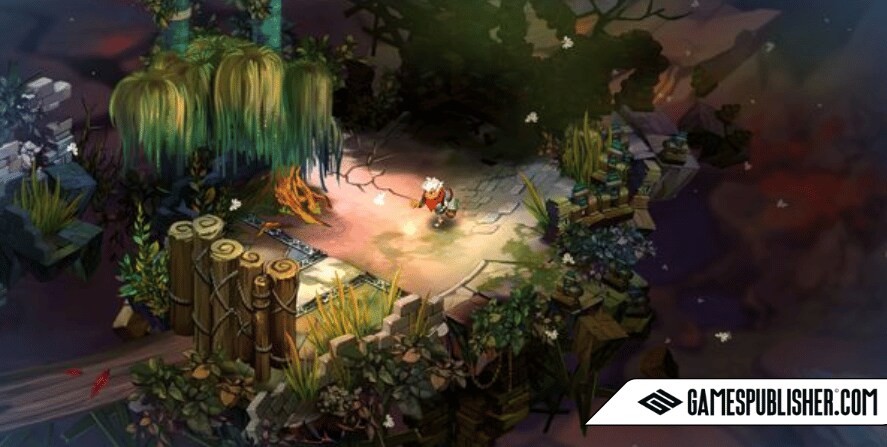
Bastion was Supergiant’s first game, and it made a big impact. It is an action RPG with isometric adventure gameplay. Players explore a floating, shattered world while a narrator reacts to everything they do.
This narration mechanic was fresh and engaging. The art, designed by Jen Zee, was colorful and hand-painted. The music, by Darren Korb, mixed acoustic guitar with modern beats.
Key Takeaway for Developers: A unique storytelling element (like the live narrator) can set your game apart in a crowded market.
Transistor (2014)

Transistor built on the lessons from Bastion but tried something new. It mixed real-time combat with a planning mode that paused the action so you could line up moves. The setting was a stylish cyberpunk city.
The main character, Red, was a singer who had lost her voice. Her weapon, the Transistor, carried the soul of a man who spoke to her throughout the game. This gave the story more emotion and kept the dialogue flowing, all without relying on too many cutscenes.
Key Takeaway for Developers: Blending two game genres (action and strategy) can create deeper gameplay without alienating players.
Pyre (2017)
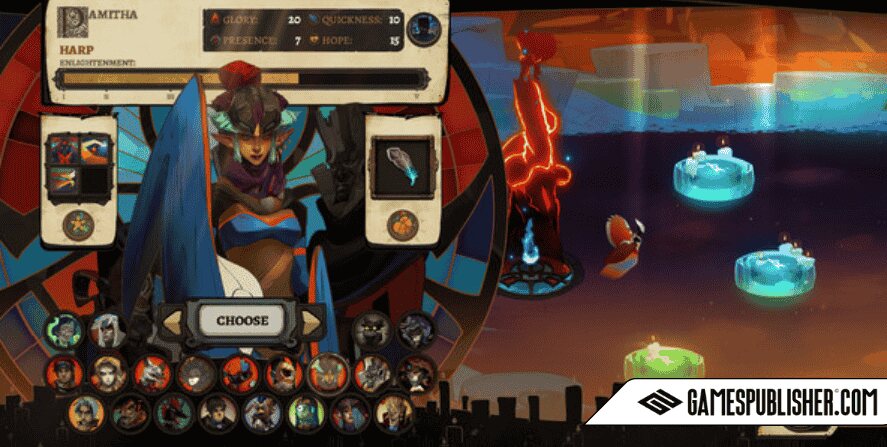
Pyre was Supergiant’s boldest experiment. It was part role-playing game, part sports game. Players led a group of exiles through competitions called the “Rites,” where victory could set someone free.
Choices in the story affected which characters stayed or left. This branching narrative meant each playthrough was different.
Key Takeaway for Developers: Even if a game doesn’t fit standard video game genres, it can still find a loyal audience if it’s polished and unique.
Hades (2020)
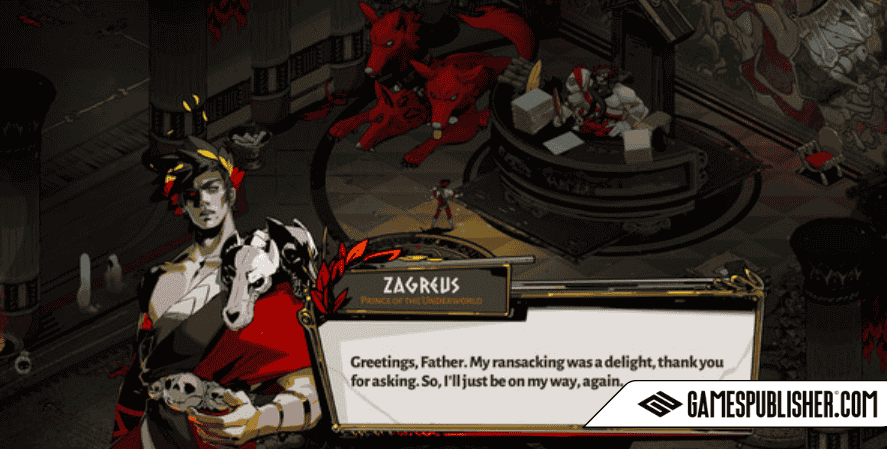
Hades is often called one of the best games of the decade. It’s a roguelike action RPG set in the world of Greek mythology. Players control Zagreus, the son of Hades, as he tries to escape the underworld.
Each attempt (or “run”) changes based on which gods you meet and the powers you receive. Instead of repeating the same story, the game reveals new dialogue, relationships, and secrets after each run.
The game won dozens of awards, including Game of the Year from several outlets. It also showed the power of early access — players were involved in development from the start, giving feedback that shaped the final game.
Key Takeaway for Developers: Replayable games don’t have to sacrifice story depth.
Hades II (2024)
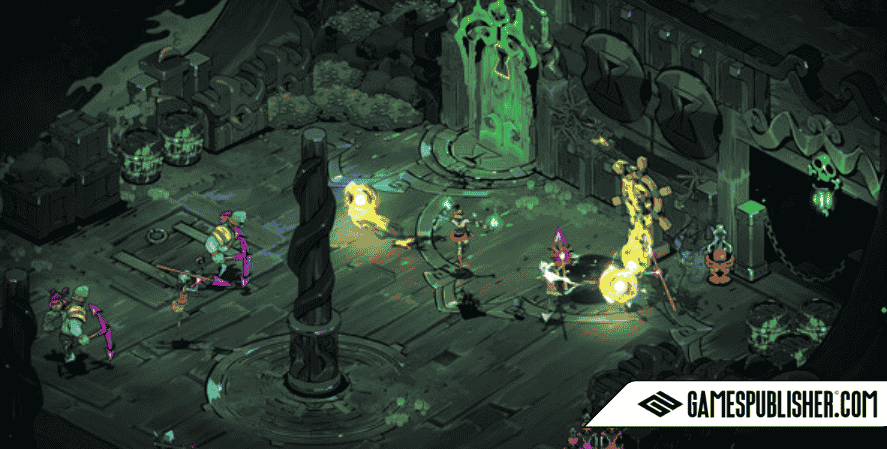
Released on May 7, 2024, Hades II is the studio’s first sequel. It introduces a new main character, Melinoë, Zagreus’s sister. She faces Chronos, the Titan of Time, in a new fight to protect the underworld.
The game builds on the first Hades with:
- More gods and boons.
- New weapons and magic systems.
- A larger world to explore.
- Even richer storytelling.
It launched in early access, just like the first Hades, and quickly became one of the most-played games on Steam.
Key Takeaway for Developers: If you make a sequel, expand the world and gameplay, but keep the core elements that made the original special.
Supergiant Games Titles and Their Genres
| Title | Release Year | Primary Genre | Secondary Genre(s) | Notable Features |
|---|---|---|---|---|
| Bastion | 2011 | Action RPG | Isometric Adventure | Live narration, hand-painted art, emotional music. |
| Transistor | 2014 | Action RPG | Tactical Strategy | Turn-based planning + real-time combat, cyberpunk style. |
| Pyre | 2017 | Party-Based RPG | Sports/Fantasy | Story + sports hybrid, branching choices. |
| Hades | 2020 | Roguelike Action RPG | Dungeon Crawler | Story evolves each run, mythological setting. |
| Hades II | 2024 | Roguelike Action RPG | Dungeon Crawler | First sequel, new protagonist, expanded mechanics. |
Supergiant Games Platform & Publisher Information
| Title | Release Year | Platforms | Video Game Publisher | Distribution |
|---|---|---|---|---|
| Bastion | 2011 | PC, Mac, Xbox 360, PS4, PS Vita, Switch, iOS | Supergiant Games | Digital & Physical |
| Transistor | 2014 | PC, Mac, Linux, PS4, Switch, iOS | Supergiant Games | Digital |
| Pyre | 2017 | PC, Mac, Linux, PS4 | Supergiant Games | Digital |
| Hades | 2020 | PC, Mac, Switch, PS4, PS5, Xbox One, Series X/S | Supergiant Games | Digital & Physical |
| Hades II | 2024 | PC (Early Access), Mac | Supergiant Games | Digital |
Artistic and Audio Style
One thing that sets Supergiant apart from other game developers is their art direction. Jen Zee, their art director, gives each game a hand-painted style. Whether it’s the floating ruins in Bastion or the neon lights of Transistor, the visuals always stand out.
Music is equally important. Darren Korb, the studio’s composer, works alongside the writers and artists from the very start. This ensures that the soundtrack feels like part of the story. In Hades II, for example, the music changes to match the tension of the fight against Chronos.
Key Takeaway for Developers: Visual and audio design should be part of the core plan, not added at the end.
Impact of Supergiant Games on Indie Development
Supergiant Games has changed how indie studios are viewed. Before Bastion, many people thought only large video game publishers could create polished, high-quality titles. Supergiant proved otherwise.
Their work shows that small teams can:
- Deliver AAA-level visuals.
- Tell complex stories.
- Build loyal player communities.
They also broke the idea that roguelikes had to be light on story. Hades and Hades II blend deep narrative with endless replayability, inspiring other game developers to try the same.
Another impact is their early access strategy. Instead of keeping development closed until release, they involved players early. This allowed them to fix problems, add requested features, and build excitement months before launch.
Lessons Game Developers Can Learn from Supergiant Games
Here are lessons you can apply to your own game development or game publishing projects:
1. Play to Your Strengths
If your team excels at narrative, focus on it. If your art style is unique, highlight it. Don’t try to do everything — do what you do best.
2. Polish Through Iteration
Supergiant refines their games until every detail feels right. They delay releases if needed, prioritizing quality over speed.
3. Engage Players Early
Early access isn’t just for funding. It’s a powerful way to test ideas, get feedback, and build hype.
4. Consistency Builds Trust
Players know what to expect from a Supergiant game — strong story, striking visuals, and memorable music. That consistency keeps fans coming back.
Supergiant Games Release Timeline
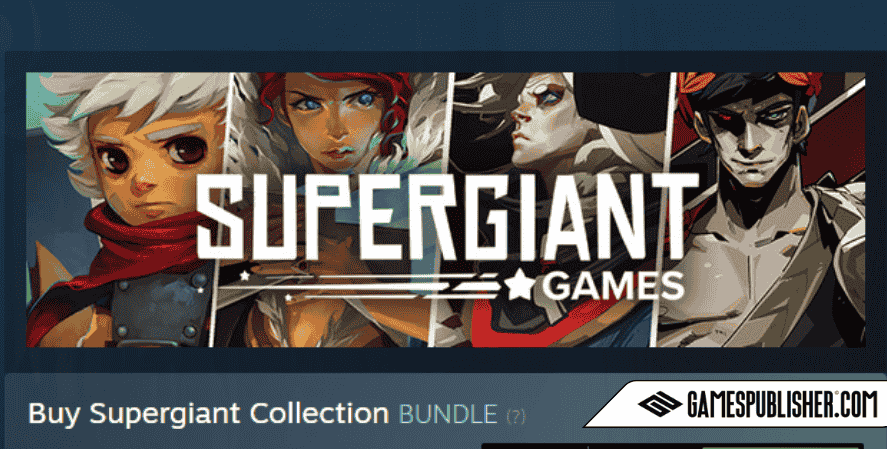
| Year | Game | Notable Achievements |
|---|---|---|
| 2011 | Bastion | Sold over 500,000 copies in first year; praised for narration and art. |
| 2014 | Transistor | Won Best Original Music at BAFTA Game Awards. |
| 2017 | Pyre | Gained cult following for blending sports and narrative gameplay. |
| 2020 | Hades | Won multiple Game of the Year awards; praised for early access model. |
| 2024 | Hades II | First sequel; praised for expanded combat, new protagonist, and lore. |
Awards and Recognition Table
| Game | Award | Organization | Year |
|---|---|---|---|
| Bastion | Best Downloadable Game | Spike Video Game Awards | 2011 |
| Transistor | Best Original Music | BAFTA Game Awards | 2015 |
| Pyre | Excellence in Visual Art Nominee | IGF Awards | 2018 |
| Hades | Game of the Year | IGN | 2020 |
| Hades | Best Narrative | The Game Awards | 2020 |
| Hades II | Most Anticipated Game | The Game Awards | 2023 |
Frequently Asked Questions (FAQ)
Bastion, released in 2011.
Around 20–25 core members.
Hades, though Hades II is rapidly gaining similar acclaim.
Yes — Hades II (2024) is their first sequel.
Absolutely. Their approach to storytelling, art, and player engagement is a model for success.
Conclusion
From Bastion to Hades II, Supergiant Games has built a legacy of quality, creativity, and trust. They’ve shown that small teams can create games that look and feel as polished as those from the biggest video game publishers.
Their story is a blueprint for modern game developers:
- Keep your vision clear.
- Build a strong creative identity.
- Involve your players.
If you’re an aspiring creator, study their work. Play their games not just for fun, but as lessons in game development done right.
Call to Action
Explore Supergiant’s worlds — Bastion, Transistor, Pyre, Hades, and Hades II. See how they blend art, music, and story into something unforgettable.
Then, take those lessons and apply them to your own project. And for more case studies, insights, and industry analysis, bookmark Gamespublisher.com.
Loading survey...

